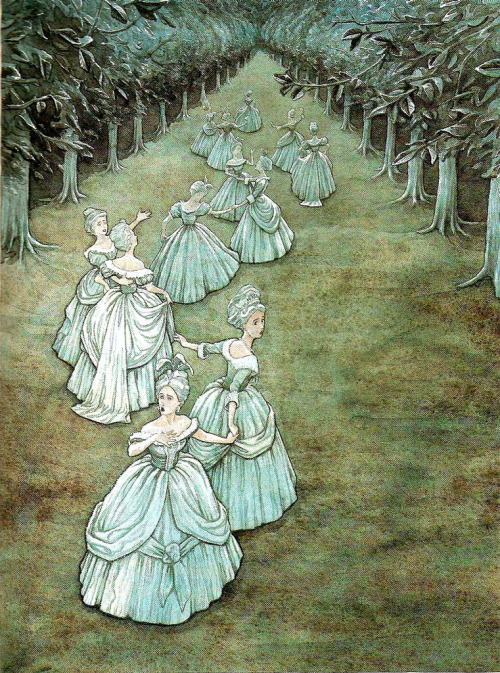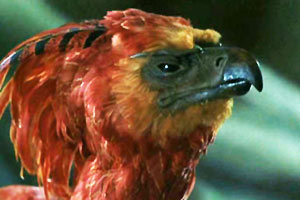Welcome back to Fairy Tale Fridays! Though I never quite completed my 2011 Fairy Tale Challenge, I wanted to return to this feature since it's been a while since I shared my thoughts about a short story. Today's tale of choice is from the authors I seem to favorite: The Brothers Grimm!
 |
| Image Credit |
There was a king who had twelve beautiful daughters. They slept in twelve beds all in one room and when they went to bed, the doors were shut and locked up. However, every morning their shoes were found to be quite worn through as if they had been danced in all night. Nobody could find out how it happened, or where the princesses had been.At this point I can imagine all sorts of mythical and frightening plots which cause the girls to be spirited away and hypnotized into an endless dusk to dawn dance. The king is equally puzzled about the circumstances and places a challenge - anyone who can solve the mystery of where the princesses go will receive permission to marry one of them and become king. However, anyone who accepts that challenge and does not succeed in three nights will be executed.
Predictably, "a king's son" is the first to attempt the task and he fails. "Several others" - whom the reader can assume are also noblemen of some type - follow suit with equally tragic outcomes. Then comes a different sort of man to attempt the task. He is described as an old soldier and on his trek into the kingdom and into the story his first encounter is with an old woman who asks his destination. He replies,
'I hardly know where I am going, or what I had better do,' said the soldier; 'but I think I would like to find out where it is that the princesses dance, and then in time I might be a king.'I like that the soldier is so unassuming and I think it's this rather ho-hum attitude that sets him up well as the hero of the tale. Fortuitously, the old woman knows something of the antics of the princesses and warns the soldier not to drink any wine he is offered and gives him an invisibility cloak to help him on his quest. As is typical with fairy godmother types, this encounter is the only appearance of the old woman in the story. The reader is never told if she is a seer, fairy, or witch and the fact that she knows so much of what is going on remains unexplained.
 |
| Image Credit |
When the time comes for the report to the king, the soldier explains all that he has seen. Oddly enough, there is little protest or argument from the girls.
The king called for the princesses, and asked them whether what the soldier said was true and when they saw that they were discovered, and that it was of no use to deny what had happened, they confessed it all.I half expect the youngest princess to blurt out some form of "I told you so" to her elder siblings. Though she seemed the wisest and most astute of the lot, the soldier surprisingly chooses the eldest to be his bride. The story explains that she is a better match age-wise, but I almost wonder if this is to be interpreted as some sort of punishment for the eldest. I found the ending of the story to be rather anticlimactic and combined with the lack of magic and mystery surrounding the princess's disappearance every night, it's not one of my favorite fairy tales. I know there are several retellings and reinventions of this tale and I would be intrigued to search out and read some of them. For myself, I would love a new version of the story (though not one starring Barbie) in which the princes that spirit the girls away are wizards or ghosts or possess some other enchantment over the princesses such that their evening dancing is more the result of fantasy than just rebellion.
What do you think of The Twelve Dancing Princesses? Do you like the ending of the story or do you wish it had a bit more excitement? Have you read or seen any other versions of this story?
This post marks my first Fairy Tale Fridays entry of 2012. To check out more FTF posts and my 2011 Fairy Tale Challenge click here!














































